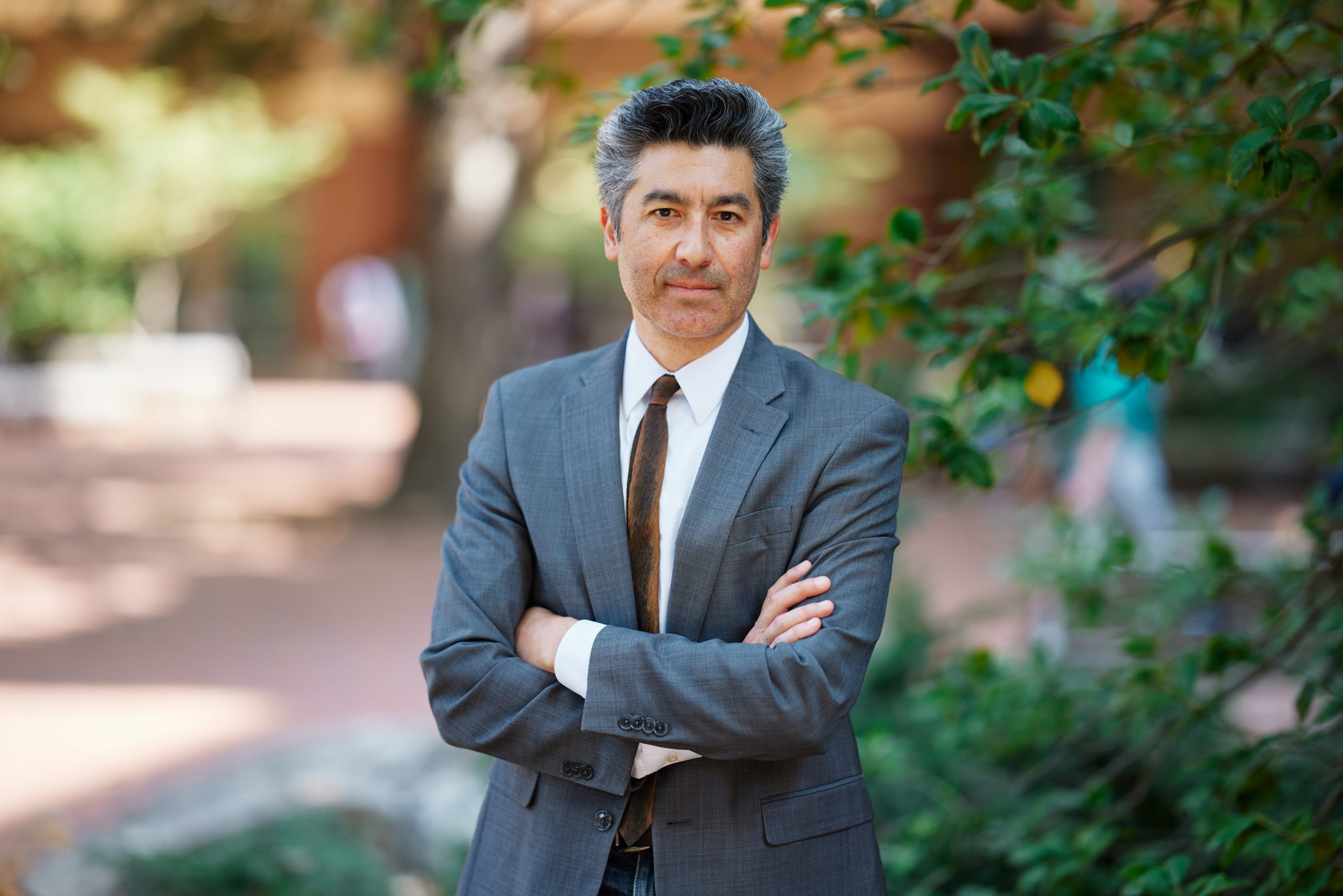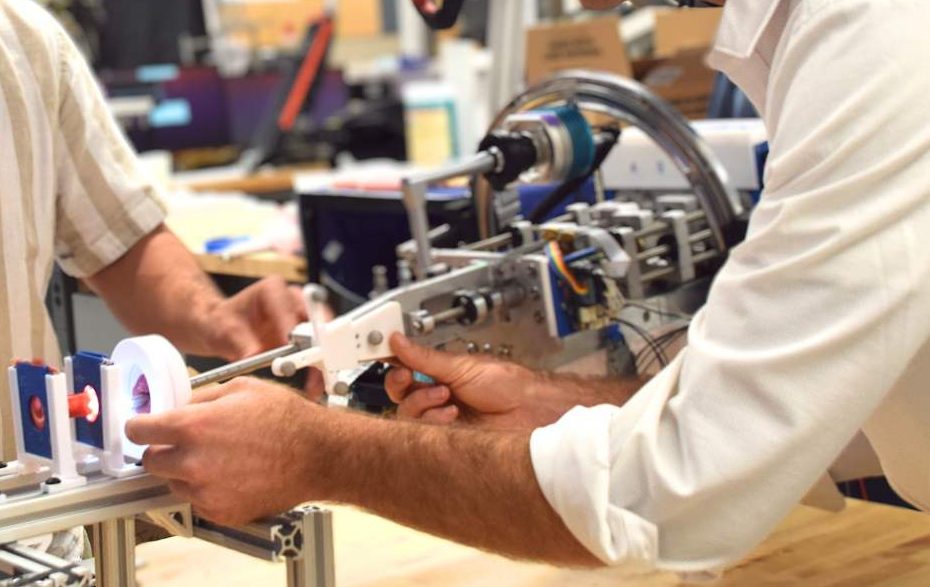Giles Spence Morrow
Postdoctoral Research Fellow Data Science Institute/Department of Anthropology (Andean Archaeology, Digital Humanities, Photogrammetry)
he/his/him
Giles Spence Morrow, PhD (University of Toronto) is an anthropological archaeologist focused on the dynamics of state formation, social complexity, and human-environment coupled systems over long timespans in the Andean region of South America. His Social Sciences and Humanities Research Council (SSHRC) funded graduate work at McGill University, Montréal and the University of Toronto employed quantitative computational approaches to the study of architecture and urban planning at the ancient sites of Tiwanaku, Bolivia and Huaca Colorada in the Jequetepeque Valley of Peru. Dr. Spence Morrow’s current work integrates emerging spatial technologies into archaeological fieldwork through the use of three-dimensional recording techniques at various scales of investigation ranging from regional topographic mapping using drones, site-level photogrammetric recording, to high-resolution three-dimensional modelling of recovered artifacts using structured light scanning. His research as a Data Science Institute Postdoctoral Fellow will innovate in several areas in computational archaeology and span multiple scales of analysis, from the interregional scale of settlement networks in ancient empires to the affordances of the built environment at the scales of individual subjects and communities. At each of these scales, these projects will work toward producing public facing and standards-based data sets, systems, and analytics exploiting fully immersive room-scale virtual and augmented reality environments. Projects utilizing these emerging interfaces will allow researchers to engage with spatial data in powerful new ways, from regional aerial surveys, to interactive photorealistic site and artifact models.
Specializations
Andean Archaeology, Digital Humanities, Photogrammetry, Virtual Reality
Representative Publications
Spence-Morrow, G. 2020. “Pillars of the Community: Household social reproduction, domestic mimesis and cyclical renovation of Late Moche ceremonial architecture at Huaca Colorada, Jequetepeque Valley, Peru” In Ancient Households of the North Coast of Peru, Edited by Illana Johnson, Robyn Cutright and David Pacifico. Boulder: University of Colorado Press. Pp. 97-114.
González La Rosa, L.M., Jennings.J, Spence-Morrow, G, and Yépez Álvarez, W. 2020. Building Quilcapampa. In Quilcapampa: A Wari Enclave in Southern Peru. Edited by Justin Jennings, Wily Yépez Álvarez, and Stefanie Bautista Gainsville: University Press of Florida. Pp.166-203.
Spence-Morrow, G. and Swenson, E.R. 2019. “Moche Mereology: Synecdochal Intersections of Spatial and Corporeal Ontologies at the Late Moche site of Huaca Colorada, Jequetepeque Valley, Peru” In Andean Ontologies: New Perspectives from Archaeology, Bioarchaeology and Linguistics. Edited by Henry Tantaleán and María Cecilia Lozada. Gainsville: University Press of Florida. Pp.91-123.
Spence-Morrow, G. 2018. “Scaling the Huaca: Synecdochal Temporalities and the Mimetic Materialization of Late Moche Timescapes” In Constructions of Time and History in the Pre-Columbian Andes. Edited by Edward Swenson and Andrew P. Roddick. Boulder: University of Colorado Press. Pp.207-238.
Bikoulis, P., Gonzalez-Macqueen, F., Spence-Morrow, G., Bautista, S., Yepez Alvarez., W, and Jennings, J. 2018. Ancient Pathways and Geoglyphs in the Sihuas Valley of Southern Peru. Antiquity 92(365):1377-1391. (Contribution: Field research/data collection, writing, and production of figures).
Berquist, S., Spence-Morrow, G., Gonzalez-Macqueen, F., Rizzuto, B., Álvarez, W.Y., Bautista, S. and Jennings, J. 2018. A new aerial photogrammetric survey method for recording inaccessible rock art. Digital Applications in Archaeology and Cultural Heritage, 8, pp.46-56. (Contribution: Field research/data collection, writing, production of figures).
Jennings, J., Spence-Morrow, G., Berquist, S., Bikoulis, P., Gonzalez-Macqueen, F., Yépez-Álvarez, W., and S. Bautista. 2018. “A Moving Place: The Two-Millennia-Long Creation of Quilcapampa” in Powerful Places in the Ancient Andes. Albuquerque: University of New Mexico Press. Pp.399-426. (Field research/data collection, authorship, figures).
Bikoulis, P., Gonzalez-Macqueen, F., Spence-Morrow, G., Yépez Álvarez, W., Bautista, S. and Jennings, J. 2016. “A new methodology for geoglyph research: Preliminary survey results and practical workflow from the Quilcapampa Geoglyph Survey (Sihuas Valley, Peru)”. Journal of Archaeological Sciences: Reports 10:119-129. (Contribution: Fieldwork, research design and authorship).
Spence-Morrow, G., Duffy, P.R., Tosti, L. 2014. “Virtually There: Offsite georectified photogrammetric processing as onsite strategic excavation resource” Proceedings of the 17th Annual International Conference on Cultural Heritage and New Technologies: Urban Archaeology and Prospection. Stadtarchäologie Wien, Vienna Department of Urban Archaeology. Edited by Wolfgang Börner and Suzanne Uhlirz. Museen der Stadt Wien - Stadtarchäologie. Pp.1-9. View.
Spence-Morrow, G., Warner, J., Swenson, E.R. 2011. “Modelling Urban Ceremonial Performance in Late Formative Peru: The Case of Jatanca” Proceedings of the 16th Annual International Conference on Cultural Heritage and New Technologies: Urban Archaeology and Prospection. Stadtarchäologie Wien, Vienna Department of Urban Archaeology. Edited by Wolfgang Börner, Suzanne Uhlirz and Lotte Dollhofer. Museen der Stadt Wien - Stadtarchäologie. Pp.671-692.
Spence-Morrow, G. 2009. “Analyzing the Invisible: Syntactic interpretation of archaeological remains through geophysical prospection.” Proceedings of the 7th International Space Syntax Symposium, Stockholm, Sweden. (eds. Koch, D., Marcus,L., and J. Steen) Stockholm: Kungliga Tekniska Högskolan (KTH- Royal Institute of Technology). 106:1-10.




